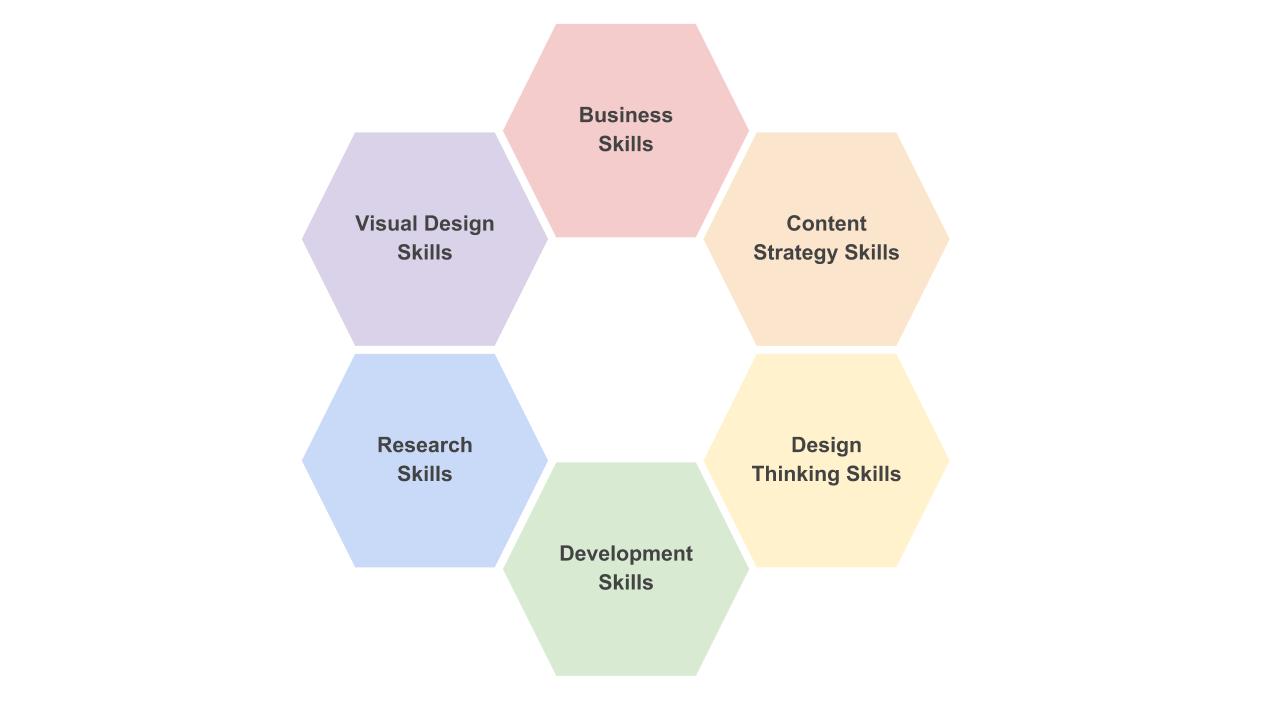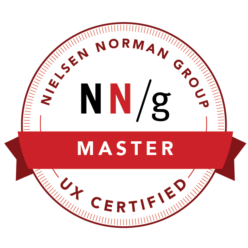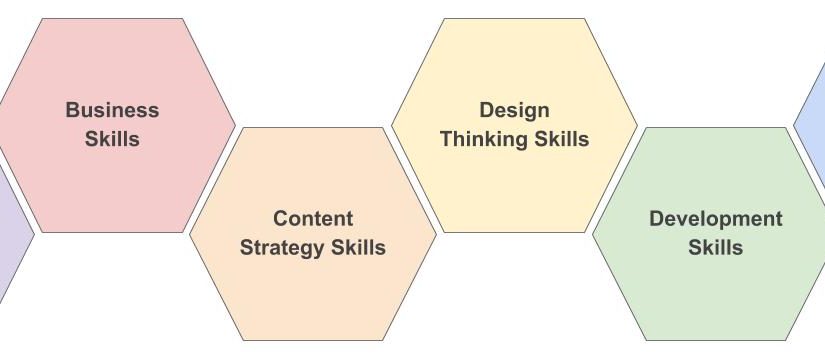The term User Experience (UX) is very prolific right now, but a lot of people in various industries don’t know the difference between a professional who does UX Design versus UI Design (User Interface).
I would propose that instead of accepting that this is the case, blaming ‘the plebs’ for their ignorance, or taking out our collective reddit-rage on the Udemy UX course commercials, perhaps the problem is that UXers keep allowing the term ‘design’ to be attached to everything that is UX.
Yes, most UXers (practitioners of User Experience) are annoyed by their field being misunderstood, but the blame is somewhat on us because we have allowed and championed certain perspectives of the field, and we have riddled the internet with articles about what skills make up UX.
For example, here are some high-traffic articles about essential UX skills, of which I have since become very skeptical:
- Building A UX Team by Christopher Murphy
- What is a “UX Unicorn”? by Ryan O’Connor
- 8 Skills That Every Enterprise UX Team Needs by Eric Sharp
- Ten skills you need to be a UX unicorn by Conor Ward
- Building An Enterprise UX Team by Rachel Daniel
- Hi, I’m a UX Developer — You’re a what? by Tim R. Todish
- 10 must have skills for UX designers by Steven Douglas
- On Becoming a UX Manager by Jerrod Larson
- 9 Critical UX Skills and How to Develop Them by Lesley University
- Essential and Desirable Skills for a UX Designer by Janet M. Six
Look at what the UX community has done, and the list can go on-and-on! We have essentially muddied the waters, which marginalizes what UXers can bring to the table, and doesn’t help any UXer explain the benefits of UX to a stakeholder.
Funny enough, I was recently asked by a coworker where I wanted to see our team in two years time, and this got me thinking about how we identify UX skill categories, gauge where our team is currently, and grow the skills we want to utilize.
I think everyone wants a healthy, established, and further-growing multidisciplinary UX team that advises the business, has increased value, and delivers quality deliverables early enough to inform decisions. That’s a given, but what skills buckets do we have already, and what do we need?
My understanding of UX is constantly evolving. I’ve been working in the field of UX for almost twenty years, and specifically doing UX for software development for eight of those years. From my vantage point of almost two decades into the 21st century, everything a UXer or UX Team can or will be asked to do can be placed into one of the following six categories:
- Business Skills — A skill category that encompasses business knowledge, timelines, level of effort, KPIs (key performance indicators) project goals, understanding what’s needed in stakeholder meetings, and a knowledge of product life cycles.
- Content Strategy Skills — A skill category that encompasses content audits, card sorting, increasing findability, information architecture, top-task identification, and facilitating discoverability.
- Design Thinking Skills — A skill category that encompasses group facilitation, facilitating design thinking, understanding and mapping requirements, concept mapping, service blueprinting, and developing user journey flows.
- Development Skills —A skill category that encompasses building and translating design to hypermedia (e.g. CSS, HTML, JavaScript), accessibility compliance, device/operating system/software compatibility, performance testing, UAT (user acceptance testing), and sustainability with DRY principles (don’t repeat yourself).
- Research Skills — A skill category that encompasses user research, user test script writing, conducting usability testing, screening remote users, interaction design, understanding analytics, and conducting user interviews and focus groups.
- Visual Design Skills — A skill category that encompasses graphic design, visual communication, elements and principles of design, UI design, mockups, prototyping, and designing responsively.
However, I do realize that I need a flashy and super-cool visual aid to drive this point home, so here it is:

Accordingly, if you want to round-out a UXers’ skills, grow skills for a UX Team, increase employability, and move to a happy place where:
- Decisions are based on actual user data from user research conducted with actual users
- Collaboration occurs between all teams (e.g. Technical Writing, Product Management, Development, etc.)
- Interviewing stakeholders, mapping requirements, collaborative whiteboarding, and usability testing informs project deadlines, sprints, and user stories
…you may want to check the aforementioned six UX skill categories for potential growth, and remember the following words:
“Without continual growth and progress, such words as improvement, achievement, and success have no meaning.”
–Benjamin Franklin

